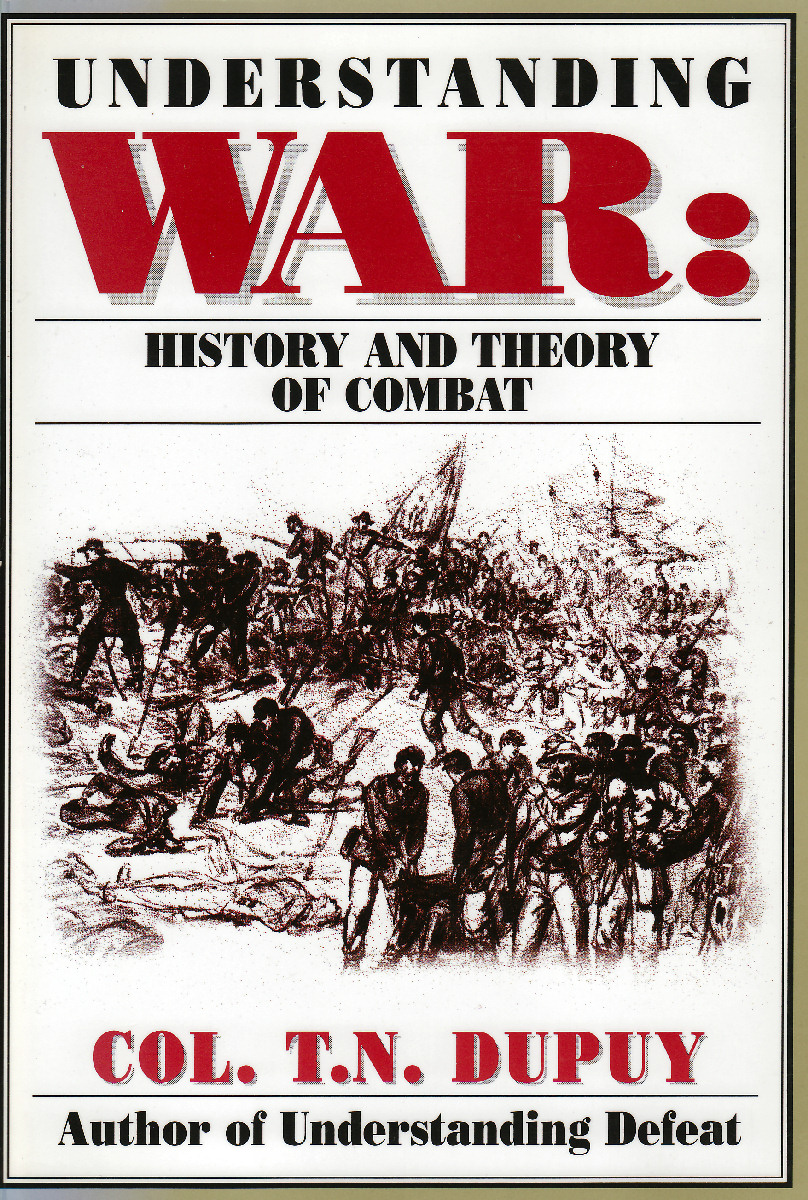Hard to ignore an article that name checks Trevor Dupuy and I. Attached is an article by William F. Owen in the British Army Review, Autumn 2023 Issue. I hope I am not breaking some copyright by posting it up: Owen, The False Lessons of Modern War-Why Ignorance is Not Insight (2023). It is available on-line here: The false lessons of modern war: Why ignorance is not insight – Issuu. The full title of the article is “The False Lessons of Modern War: Why Ignorance is not Insight.”
Trevor Dupuy is namechecked in the article: “Much was less than certain, yet paradoxically, a book written in 1978, Trevor N Dupuy’s Elusive Victory, had got far more right than later writers were to get wrong.” That is a pretty strong endorsement.
He then footnotes the book in his third footnote, referencing losses in 1967.
In the following paragraph he states: “Simply put, no conflict today comes even close to these types of losses, yet the myth persists that war and warfare are becoming ‘more lethal.’ They are not, and a large body of literature proves it.” His footnote to this paragraph then states “See the collected work of Trevor N Dupuy and Christopher Lawrence, Understanding War, War by Numbers and Attrition.”
I like this guy, but I have never met him. He is certainly welcome to present at the third HAAC: The Third HAAC – October 2024? | Mystics & Statistics (dupuyinstitute.org)
A few other quotes from the article worth mentioning:
- “Lessons should be a product of analysis, not observation.” (I put this sentence in bold for a reason).
- “Observations have often been wrong” (this is his following sentence)
- “Warfare in the Russo-Ukrainian War is two or three generations behind the standard competent, well-trained armies should aspire to operate.”
- “…fires lead manoeuvre in contrast to the opinions of the ‘manouverist approach.” (spell check is complaining about the British spellings).
- “Fast forward to today and the war in Ukraine; there is far less to be learned than in 1973.”
- “Why should the lessons from Ukraine be removed from the specific context of the participant’s differing training and equipment level and be relevant to the British Army?”
- “Is something that is a lesson for the Ukrainians a lesson for everyone else?”
- “In sharp contrast, the current war in Ukraine sees much-outdated equipment in ad-hoc combat formations, not seemingly underpinned by NATO equivalent training, doctrine and organisation levels.”
I will let you read the rest, but this is a definitely an article worth reading, even if you find yourself not in agreement with all parts of it.
I do want to thank Dr. Shawn Woodford for bringing this to my attention.
P.S.
Elusive Victory is available here: TDI Books For Sale (dupuyinstitute.org)
Understanding War is here: TDI Books For Sale (dupuyinstitute.org)
War by Numbers is here: War by Numbers : Nebraska Press (unl.edu) or here: War by Numbers: Understanding Conventional Combat: Lawrence, Christopher A.: 9781612348865: Amazon.com: Books
Attrition is here: TDI Books For Sale (dupuyinstitute.org). Inventory is getting low for this one.



